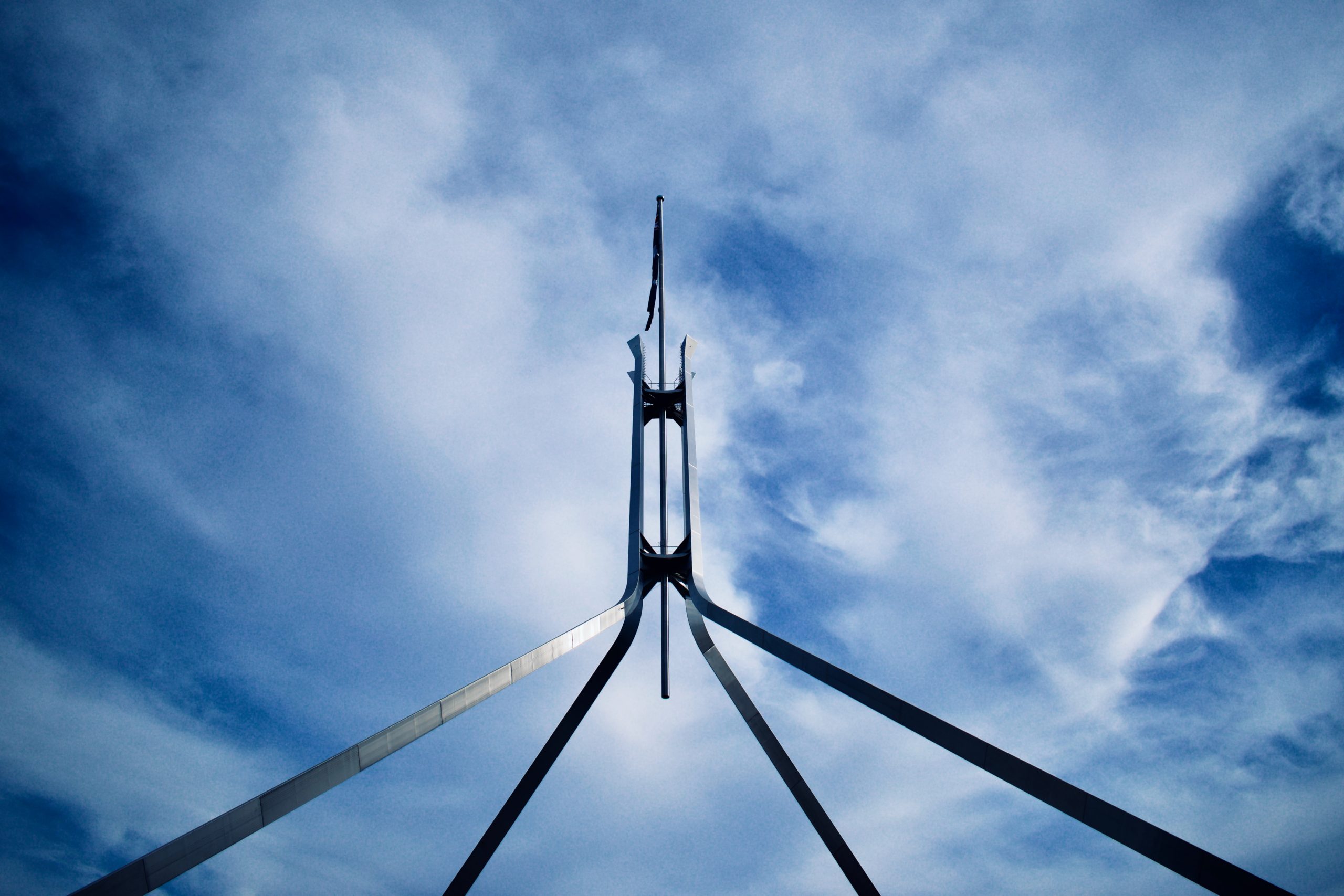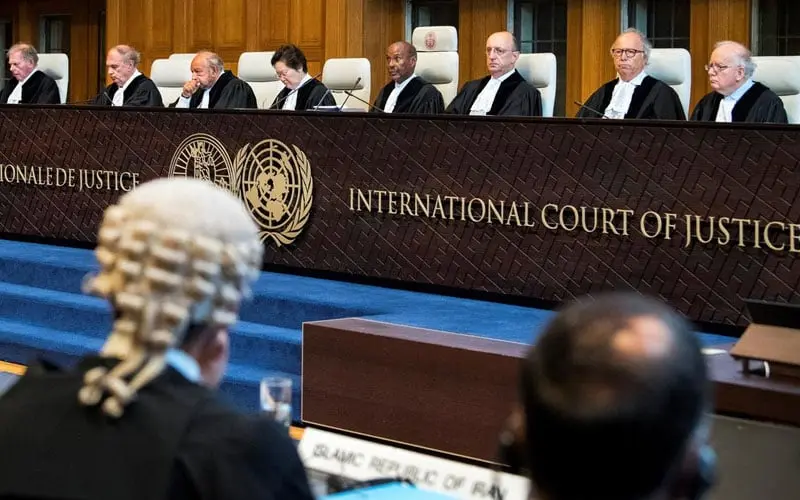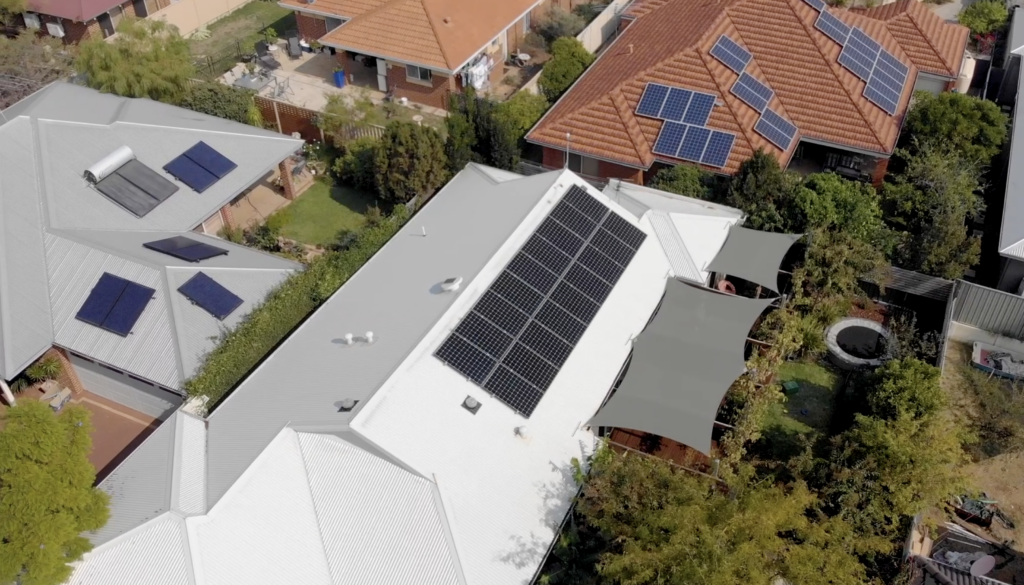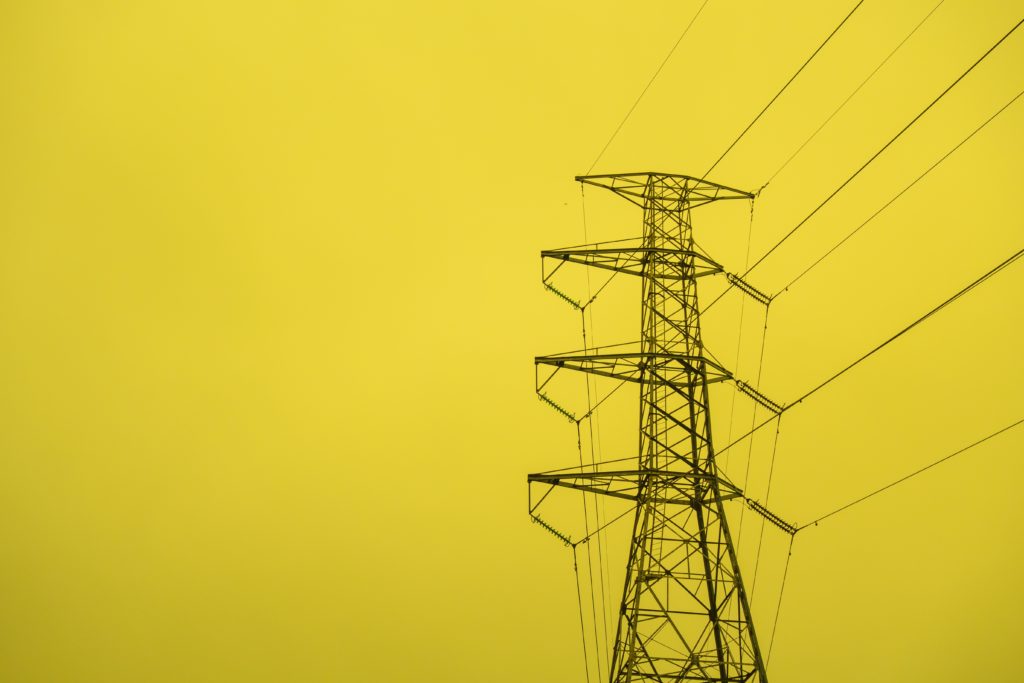COP26 in Glasgow has come to an end. It was a massive two weeks which saw many countries step up their commitments and band together to phase out coal, bring down methane emissions and ramp up climate finance, amongst other things.
The most important takeaway from this momentous global gathering is the world must step up on emissions cuts this decade. The final Glasgow Climate Pact requires countries to strengthen their 2030 climate targets in 2022 to limit warming to 1.5°C.
Safe to say the Morrison government acted as a climate handbrake at COP26, which meant our international reputation took a severe battering. Even worse, just 24 hours after the Glasgow Climate Pact was agreed upon, the Morrison government signalled its intention to weasel its way out of its obligations. Despite the pact’s call for countries to bring a stronger 2030 target to COP27 next year, the federal government says it won’t strengthen Australia’s pathetic 2030 target.
“The federal government has tarnished Australia’s good name in Glasgow failing to put forward a meaningful 2030 emissions reduction target. The Morrison government must do better. All new fossil fuel expansion must cease, and we need to phase out their use as quickly as possible. Let’s show the world what we’re really made of.” – Climate Council CEO Amanda McKenzie
The below report card breaks down the federal government’s performance at COP26 compared to the rest of the world and what we need to see now from our political leaders ahead of COP27 in Egypt, 2022.
| Yardstick | Assessment |
| A 2030 emissions target that’s in line with the science and a commitment to “revisit and strengthen” its 2030 targets ahead of COP27 in Egypt in 2022 (as outlined in the final Glasgow Climate Pact) | A day after the final Glasgow Climate Pact was released, and despite agreeing to the communique, the federal government is refusing to update Australia’s current 2030 emissions reduction target, which was set six years ago and is the weakest in the developed world. |
| Commitment to ‘phasing-down’ coal and fossil fuels more broadly | For the first time, in 26 years of COP summits, there is a specific call to move beyond coal power and phase out fossil fuel subsidies. As UK Prime Minister Boris Johnson summed it: this sounds the “death knell” of coal. Our Prime Minister disputes this, claiming our coal industry will be “around for decades”. The government is ignoring the clear signal from our trading partners and key allies that they are moving away from fossil fuels, and is opening up and even funding new fossil fuel developments. |
| A credible net zero by 2050 plan | The federal government’s ‘Plan to Deliver Net Zero’ modelling is riddled with flaws; most notably, a failure to meet its own goal of net zero emissions by 2050. |
| Global Methane pledge | Refused to join more than 100 other countries – including the US and the EU – to cut global methane emissions 30% by 2030. |
| Deforestation Pledge | The federal government signed up to this pledge, which is encouraging since Australia is a deforestation hotspot globally. |
| Climate finance for developing countries | The federal government announced it will increase its climate finance by $500 million, taking the total to $2bn over five years to 2025. But that’s just 0.3% of the international goal of US$100bn per year. Australia’s fair share is 2-3% – or 10 times what Australia has promised so far. |
| Global Coal to Clean Energy Transition Statement | More than 190 countries and organisations agreed to rapidly phase out coal power – but Australia was missing from the list. Australia is the world’s second-largest exporter of thermal coal, and has one of the most emissions intensive electricity networks in the world. |
| Prime Minister Scott Morrison’s speech on the world stage | The PM’s address to world leaders at COP26 was light on commitments and credibility and heavy on spin. We’ve unpacked it here. |
| Australia’s national pavilion | Australia’s pavilion provided free coffee to delegates (known as soft diplomacy) and included exhibits from fossil fuel companies and promotion of carbon capture and storage. Meanwhile, other countries were promoting viable and exciting clean energy opportunities and technologies. |
| Indo-Pacific Climate Diplomacy | Australia’s Pacific friends, including Fiji Prime Minister Frank Bainimarama said: “Australia’s [net zero] pledge is a start. I’ve now urged [PM] Scott Morrison to show us a concrete plan to halve emissions by 2030”. That’s what we need to do – slash emissions at least 50% this decade and phase out fossil fuels as quickly as possible. |
| Overall contribution towards COP26’s efforts to keep the planet from warming no more than 1.5℃ above pre-industrial levels | While many countries stepped up in Glasgow and promised to do more, the world is still a long way from what is needed to limit warming below 1.5°C. Globally, we are still on track to exceed 2℃ of warming and this would lock in even more severe climate extremes, like the Black Summer bushfires, and spells catastrophe for our Pacific Island neighbours and our own Great Barrier Reef. |
| Overall | FAIL The federal government acted as a dangerous handbrake at COP26. While 140 countries lifted their game on climate action at the summit, the federal government cemented its reputation as a laggard and blocker. The pressure is on the federal government to step up, not cop out. The Glasgow Climate Pact is clear that governments like ours must return to the table next year with a stronger 2030 target. It’s critical that we do everything possible to slash carbon pollution this decade. We need to act as if our futures depend on it – because they do. |










